Audi RSQ3 Edition 10 Years review
It’s the tenth anniversary of Audi bequeathing a five-cylinder engine and an RS badge to its Q3 small SUV – and there’s a special edition Sportback to celebrate it\
The Audi RSQ3 is a thinking person’s small performance SUV: it’s quite fast, satisfying to drive, well-made, and remarkably practical. About the only thing it can’t do is be as fun as Audi’s own RS3 hatchback or sedan, which ride lower and give the driver higher limits to play with.
If that’s not a dealbreaker, read on – because the most desirable version of the RSQ3 ever has now launched in Australia. Just 555 examples of the RSQ3 Edition 10 Years will be sold globally, and Audi’s local arm has managed to nab a decent – but undisclosed – number of units for Aussie buyers.
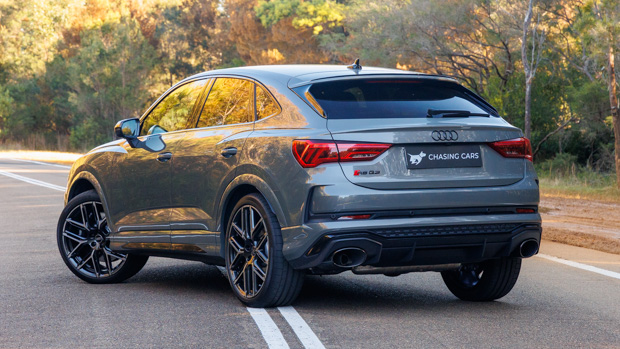
Here in Australia, the Edition 10 Years ($102,900 before on-road costs) will only be available in Sportback form, which is the more popular of two available body styles for the regular $99,100 RSQ3 – which is also available in a more practical, cheaper, and traditional upright SUV format ($96,100).
Exclusivity is probably the main drawcard for the Edition 10 Years, with its not-insignificant $6800 premium over the standard fare. The other would be Audi’s decision to equip the anniversary model with a pair of serious bucket seats up front. Manual adjustment makes them lighter and lower.
But don’t go thinking the Edition 10 Years is a stripped-back track special. It’s still lavishly appointed: the buckets are heated and finished in nappa leather!
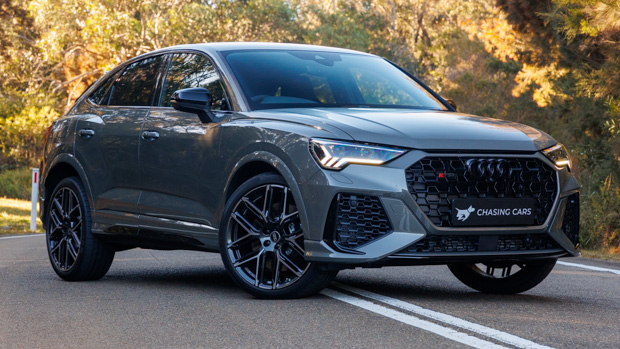
Further afield, superb build quality is evident in the tank-like cabin construction, and Audi’s trademark classy materials cover nearly all surfaces, including textural dinamica on the dash.
The Edition 10 Years also picks up bronze stitching inside, while an extended black pack and really attractive, unique 21-inch wheels in Continental ContiSportContact 6 tyres also add exclusivity.
Both the exterior and interior styling of the RSQ3 remain refreshingly elegant and subtle compared to the Mercedes-AMG GLA45, which goes much further than the Audi in terms of ambient lighting and extroverted cabin design. Some will, naturally, prefer the Benz.
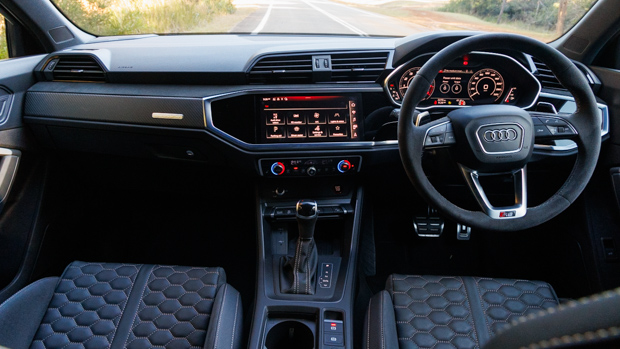
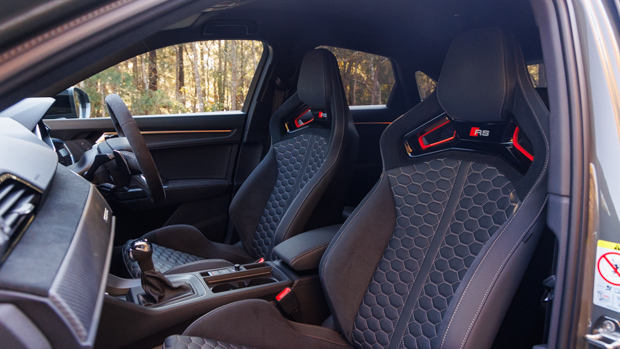
Technology-wise, the RSQ3 remains best in segment with an extensively customisable Virtual Cockpit display and a snappy 10.0-inch touchscreen that features networked Google Maps integration, plus wireless Apple CarPlay and Android Auto.
Premium audio remains but is now an ultra-clear system courtesy of Sonos rather than Bang & Olufsen.
Stepping into row two reveals that despite the RSQ3 Sportback’s flattened roofline, headroom (and legroom) have been well preserved, making this a rare small SUV in that it is actually usable, and noticeably practical.
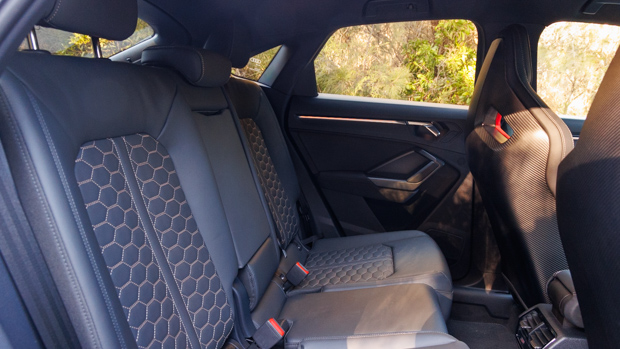
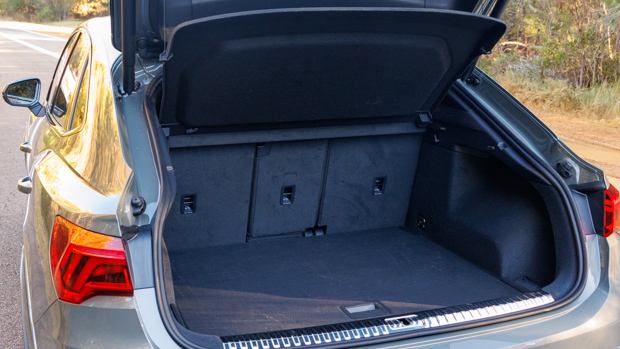
Behind a power tailgate is a 530 litre boot with a cargo net. Spare wheel? No. It’s an inflation kit.
Heading back to the driver’s bucket to start up the RSQ3 Edition 10 Years reveals a blessing and a curse of this sports SUV.
Despite tightening emissions nets, Audi is clinging to its venerated 2.5-litre turbocharged inline five-cylinder petrol engine, but the tweaks required to secure eco-compliance are killing the powertrain’s appeal.
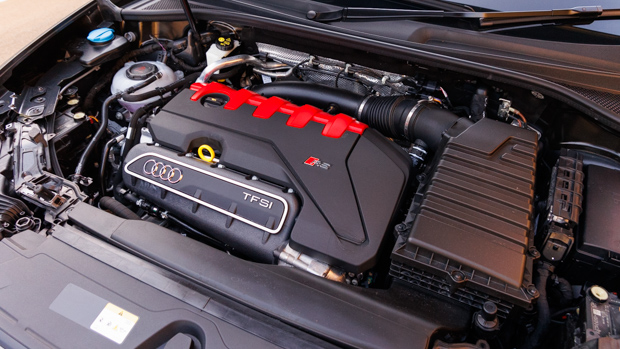
How so? Well, when you are pedalling the 294kW/480Nm five-cylinder hard, in dynamic mode, it’s still a sparkling, warbling engine worthy of its heritage. But it’s the opposite at low speeds, where many buyers will spend the majority of their time, given this car’s strong potential as a daily-driver.
Securing this car’s staggeringly low 8.9L/100km fuel economy number has come at a huge driveability cost for Audi, who have decimated the throttle response to chase low CO2 outputs.
Simply put, the combination of five-cylinder/seven-speed dual-clutch is not a pleasant one driven moderately. It’s a blend of doughy throttle response and treacly shifts.
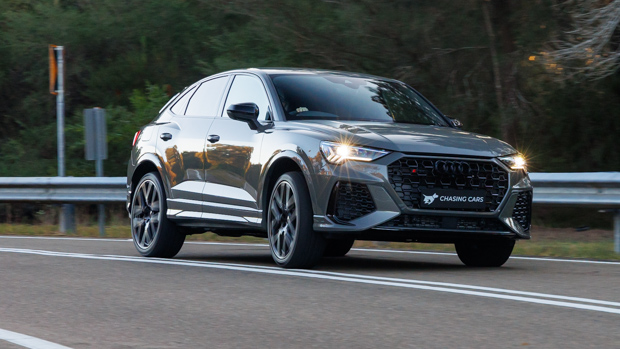
The experience is worst when taking off from a cold start, with our passenger wincing at the sound of the transmission’s clutch slip. Things improve moderately as the car warms.
Rivals have smaller engines, but while AMG’s 2.0-litre four-pot in the GLA45 and BMW’s B48 two-litre in the X2 M35i can’t claim five-cylinder cred or sound, there is no avoiding that they offer superior throttle response.
Our battle to get the RSQ3 to accelerate crisply is reflected in unimpressive acceleration testing numbers.
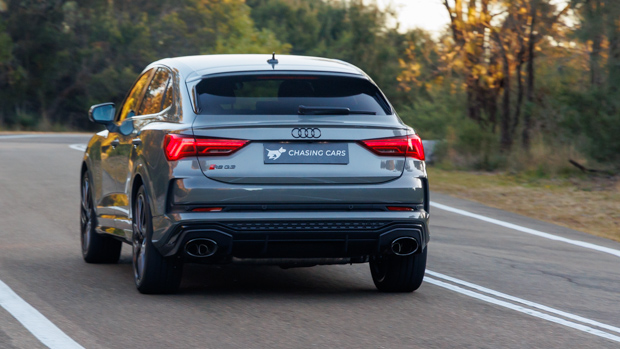
Our 0-100km/h sprint of 4.86 seconds isn’t exactly laggardly, but we can usually match an Audi performance claim – which for this car is 4.5sec. The brakes, though, are exceptional. The Edition 10 Years stopped in a short 34.08m from 100-0km/h.
Frustratingly, the changes made to the five-cylinder over the years might have made the RSQ3 efficient on some European economy testing loop, but they haven’t worked in reality.
Our mixed test yielded unimpressive consumption of 13L/100km on a diet of 98-octane premium petrol. Maintenance is exxy at $3580 for a five year/75,000km plan.
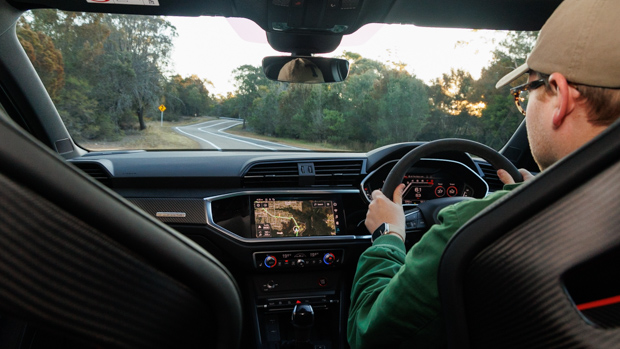
Still, you’d have to consider the Audi if only because the inside line suggests that this might be one of the very last years the five-cylinder can remain viable.
Soon, the European Union will increase emissions regulation severity again. That could destroy the 2.5 TFSI’s viability unless it can be packaged with a plug-in hybrid.
The RSQ3’s case improves markedly when you move onto the ride, which is excellent. It’s very firm and quite stiff, but you can tell this is an expensively-made suspension, because compliance is retained.
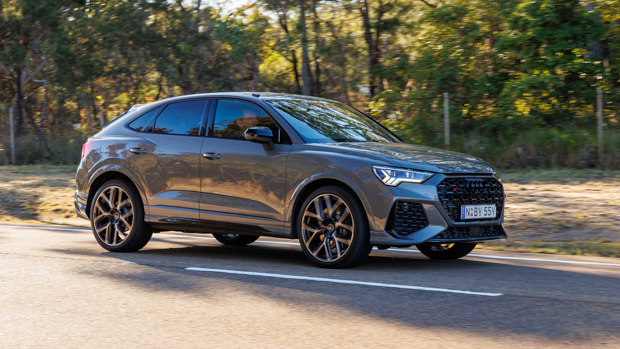
Road imperfections are noticed but they don’t crash into the cabin. There’s no doubt that the Audi rides better than a GLA45 or X2 M35i
Handling, too, is seriously impressive. The RSQ3’s adaptive suspension also delivers superb body control with flat cornering, while the 255-wide ContiSport6 rubber provides excellent grip.
Keen drivers can reach deep into wells of talent, with the RSQ3 happily devouring broken back-roads. The steering is mid-weighted and intuitive.
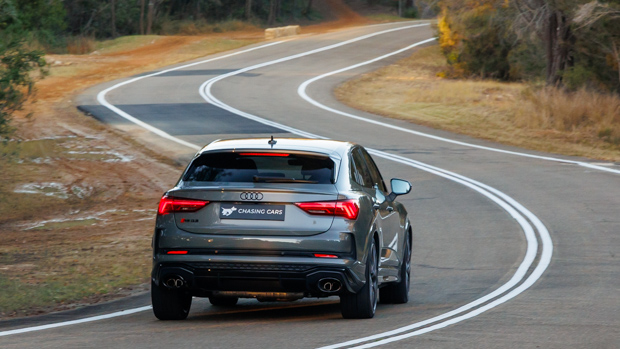
But the RSQ3 always keeps you at a distance in a way that recent sporty Audis haven’t. A high level of mechanical grip combines with a stricter stability control safety net than an RS3 hatchback to keep things straight and narrow. The tune here is arguably appropriate for the car type, being a higher-set and heavier SUV.
We don’t really think secure handling will be a demerit for most people that are interested in an RSQ3. If anything, it’s a selling point. But if you want a malleable chassis that gives skilled drivers a higher plateau of enjoyment to reach for, go for an RS3, or a Golf R (from $68,990).
You could try VW’s T-Roc R (from $54,300), a surprisingly thrilling SUV at half the Audi’s price.
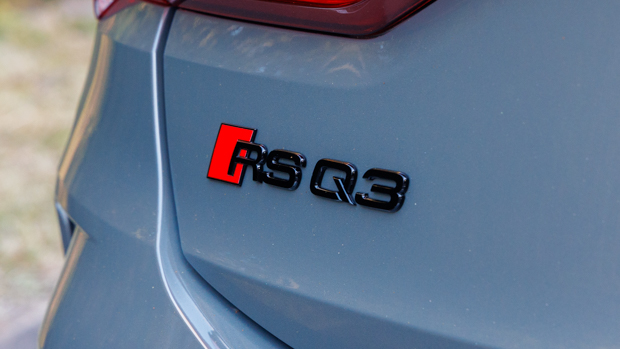
Our advice to opt for Audi’s newer and more playful RS3 is academic, anyway – Audi isn’t building the five-cylinder hatch/sedan range at the moment and we wonder if production will ever start up again. Hopefully it will. Thankfully the four-cylinder S3 (from $71,800) is also pleasant.
As an aside, the Audi Q3 range doesn’t include an ‘S’ grade sports model. It jumps straight from the slightly quick, 140kW 40 TFSI Quattro model (from $58,400) to the 294kW RSQ3.
There’s a 200kW-sized hole there that the smaller SQ2 ($68,200) doesn’t fill because it’s less liveable in the space and ride quality realms.
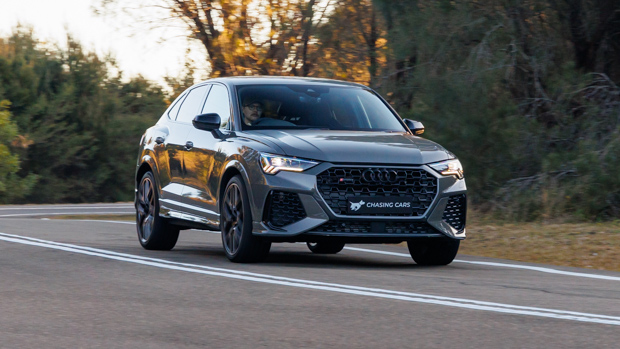
What might fill the gap – also from within the Volkswagen Group – is the 228kW Cupra Formentor VZx. It’s a four-cylinder, it’s a Q3-sized SUV… but underneath, it essentially uses lower-riding Golf hardware, and it’s probably more fun than the RSQ3 to drive.
But it doesn’t have the four rings, or a five-cylinder (in Australia at least). And that’s the point of this Audi. The Edition 10 Years is an exclusive, low-volume run of a super-solid sports SUV.
The five-cylinder may feel a little hobbled now, but exceptional build quality, premium finishes and an expertly-tuned suspension still make this Audi highly desirable.
Overall rating
Overall rating
Audi plots new era in Australia with sharper pricing, hybrids and shorter model cycles
1 month ago

Sweet spot price positioning to remain in place while Audi Australia takes a big swing at coaxing local buyers into plug-in hybrids
Audi Australia has commenced implementation of a bold plan to break out of years-long product stagnation and slipping sales results, with brand director Jeff Mannering telling Chasing Cars the next 12-24 months will usher in a “renaissance” for the local success of the German brand.
Central to the hopes of a sales rebuild are three factors Audi Australia hopes will bring additional customer interest:
- Sharper pricing than key rivals Mercedes-Benz and BMW
- Shorter life cycles resulting in more frequent model updates
- More hybrids, in a comprehensive response to both emissions regulations and growing customer demand
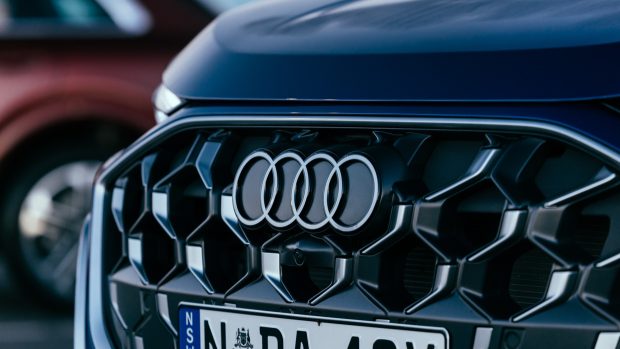
Initiation of the campaign coincides with this week’s Australian launch of the third-generation Q5 midsize SUV (read our review) just months after the crossover hit German roads, and at prices undercutting the BMW X3 and Mercedes-Benz GLC.
“We’re now into our new phase – a renaissance, something that is maybe a little overdue,” said Mannering. Part of the issue we had was that our lifecycles were extended, so this will help get some new and some old customers in.”
Mannering and senior Audi Australia product executives are aware of the need to shift sales toward lower-CO2 powertrains to avoid penalties under the New Vehicle Efficiency Standard (NVES) regime that sees headline CO2 limits ratchet down from 141g/km in 2025 to 58g/km in 2029.
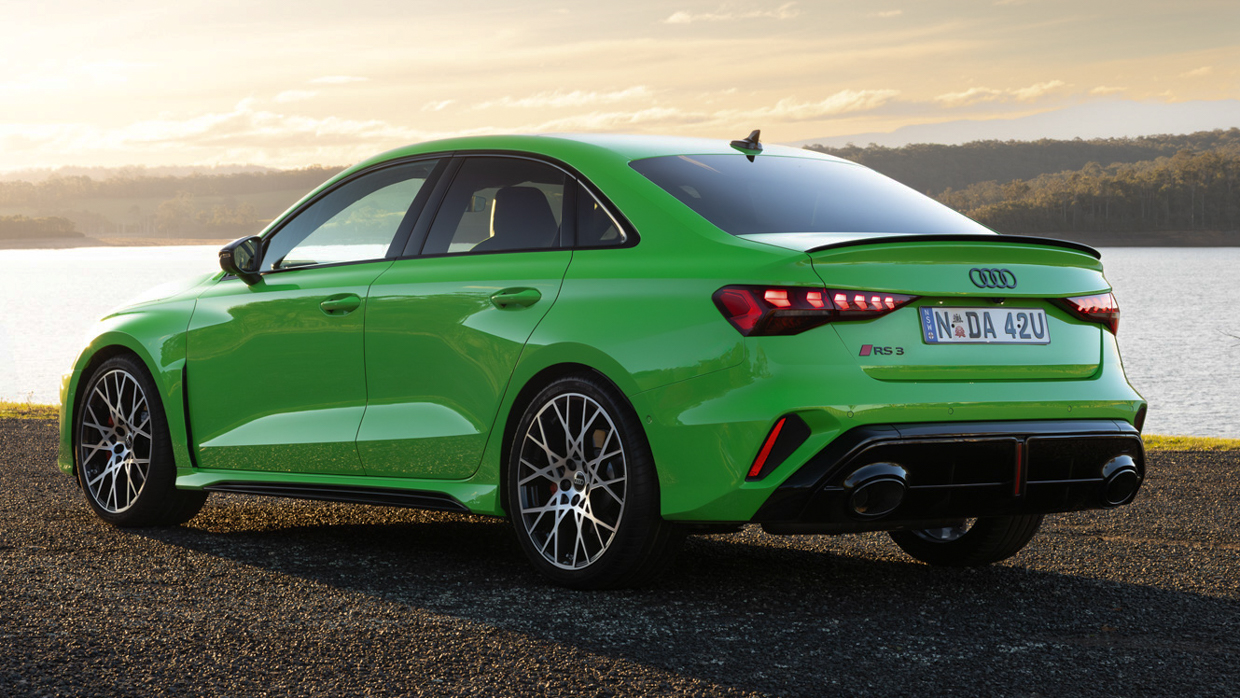
“It is a mathematical equation—as [NVES headline CO₂ limits progress] from 141g/km in 2025 to 117g/km in 2026 and onward, we reduce ICE and increase BEV and PHEV,” said brand director Jeff Mannering.
Led by the new Q5, a range of stronger mild hybrid powertrains are on the way to Australia to reduce the CO2 contribution of non-plug petrol and diesel powertrains to not only comply with NVES, but also to keep hot combustion Audi Sport models on sale for longer.
Read more detail about Audi Australia’s new hybrid strategy here.
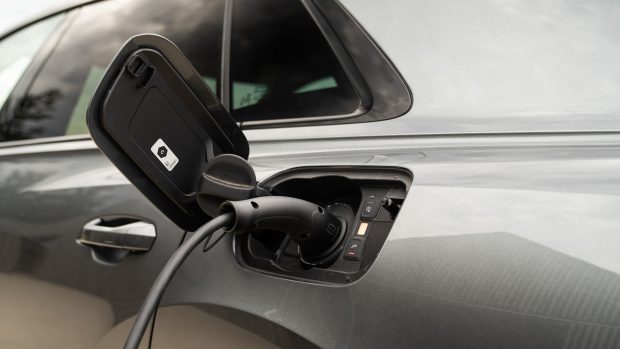
Audi Australia has long occupied a pricing ‘sweet spot’ between its key German competition at the higher end and alternative premium marques like Volvo, Lexus and more recently Genesis at the lower end.
The marque acknowledges that it also has the threat of new Chinese luxury brands like Zeekr and IM Motor on its radar—and while it won’t adjust its offer too far downward to compete with the China set, it will maintain attractive entry prices.
“We have an internal strategy [regarding] our position in the Australian marketplace that offers significant customer value, and sometimes that does come down to a price point that is less than our German counterparts,” head of product Matt Dale told Chasing Cars.
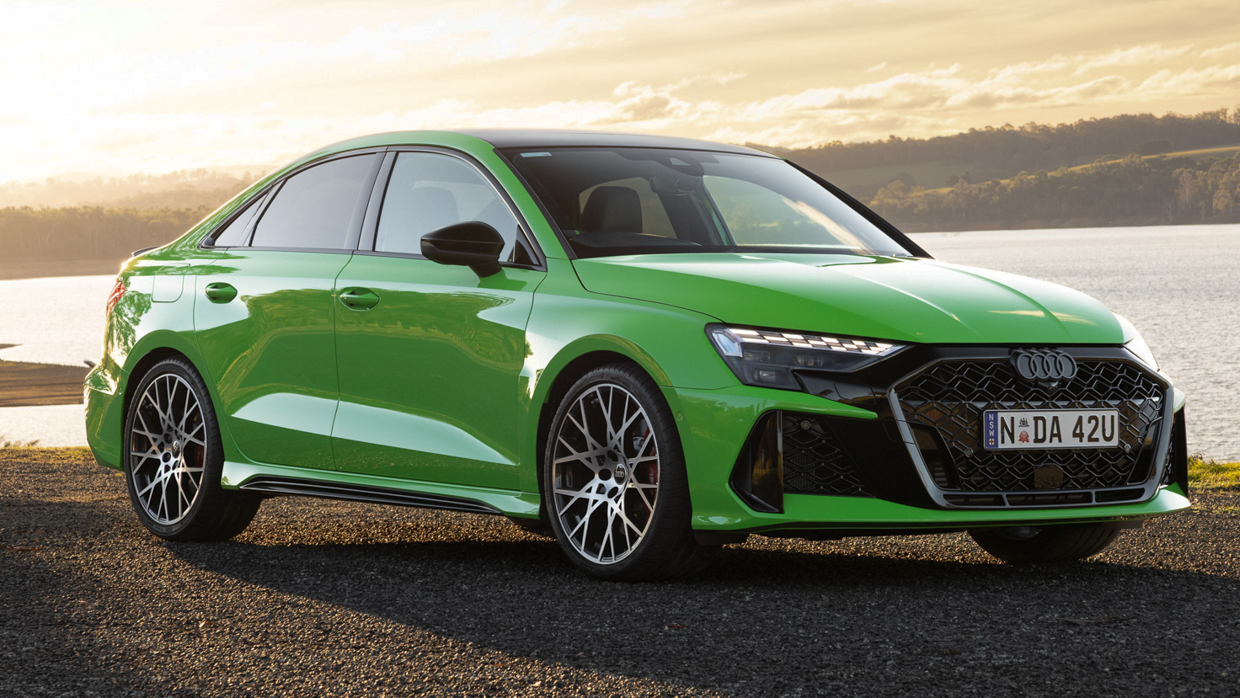
“It is also the value we have imbued in the cars. We listen to customer feedback [and have added] over $10,000 [of features] in the entry Q5,” said Dale of the new Q5 TFSI 150kW front-wheel drive entry grade that costs $7600 more than the previous 35 TDI base model.
In response to common customer orders and feedback, items like S Line exterior design, matrix LED headlights, a higher-quality stereo, 360-degree parking camera, and a sliding/reclining rear seat have been made standard for the new-generation’s $81,000 + ORCs entry point.
The Q5 handily undercuts list pricing of the BMW X3 (from $86,800 + ORCs) and Mercedes-Benz GLC (from $89,000 + ORCs), though alternatives from other legacy brands like the Volvo XC60 (from $74,990 + ORCs) and Lexus NX (from $71,700 + ORCs) can still be had for less.
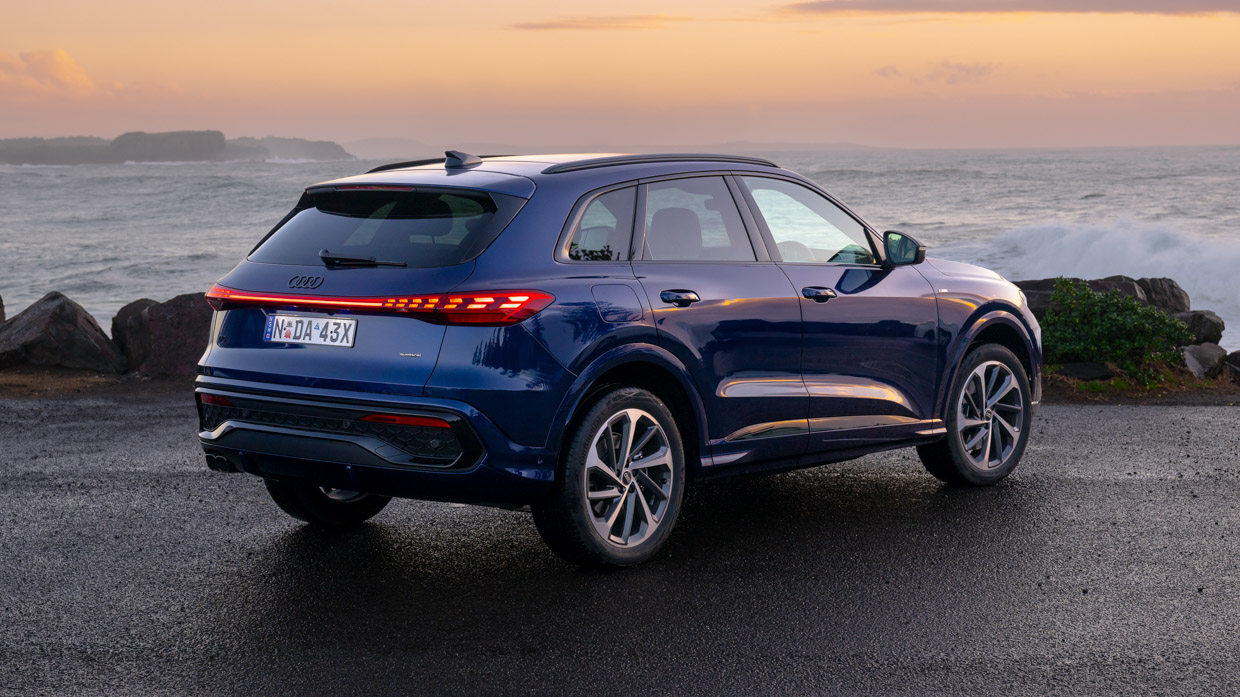
More Q5 powertrains are on the way, including a turbo petrol/all-wheel drive model and a PHEV. As with the new A5 sedan/wagon lineup, the circa-200kW petrol and 270kW PHEV may be priced equivalently as part of a deliberate strategy to coax more Aussies into low-CO2 PHEVs.
“Like BEVs, PHEVs have improved,” said product manager Peter Strudwicke. “Their batteries are getting bigger…and the price jump [from petrol] doesn’t have to be as big as it was, as proven with the A5.”
At the top end of the Q5 range, Audi Australia has followed the precedent set with the release of the recent A5/S5 sedan/wagon range by offering a considerably cheaper SQ5 high-performance SUV variant alongside a ‘full-fat’ version priced at $122,400 + ORCs.
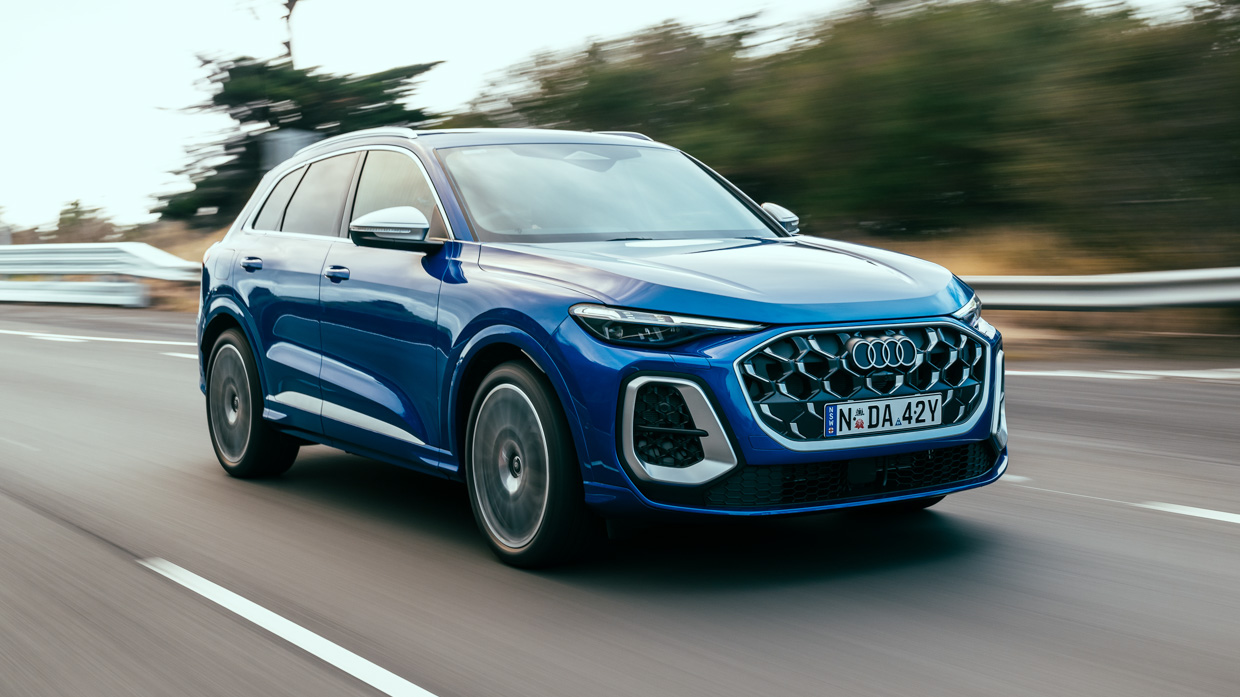
Despite still packing a 270kW/550Nm mild-hybrid 3.0-litre petrol V6 engine, the SQ5 Edition One ($106,400 + ORCs) dramatically undercuts the BMW X3 M50 and Mercedes-AMG GLC43.
Dale says this is another manifestation of Audi Australia’s internal “S model strategy”.
“Customers can get the S model performance at a very, very sharp price point. If you look at our two other significant competitors…there is no other product that offers this amount of performance, efficiency and equipment at that price,” Dale said.
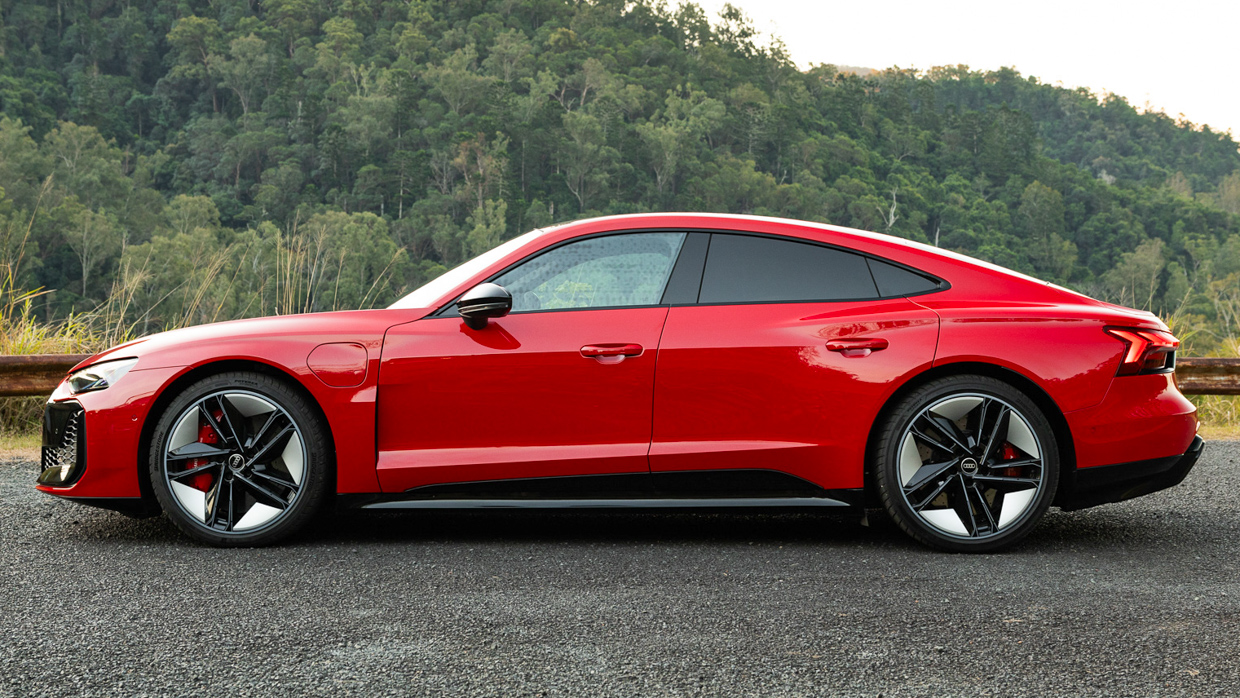
While the established luxury brands occupy most of Audi’s competitor planning time, brand director Jeff Mannering says upcoming Chinese brands now factor into the analysis.
“We still look at our two or three main competitors, but it is always in the back of our mind and we know the luxury level of those [Chinese] brands are coming. We have to make sure our package and technology in the cars is right. It is also about the customer experience,” said Mannering.
Chasing more Q5?
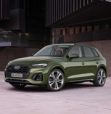
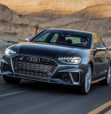
Latest news
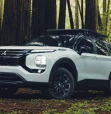
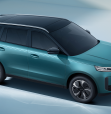
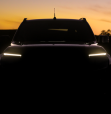
Nissan Navara 2026: Future Toyota Hilux and Ford Ranger rival will make its global debut in November
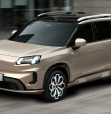
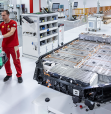


About Chasing cars
Chasing Cars reviews are 100% independent.
Because we are powered by Budget Direct Insurance, we don’t receive advertising or sales revenue from car manufacturers.
We’re truly independent – giving you Australia’s best car reviews.
Related reviews
Audi SQ5 and SQ5 Edition One 2026 review
Audi Q5 TFSI and TDI 2026 review



